MBW’s World’s Greatest Producers series sees us interview – and celebrate – some of the outstanding talents working in studios across the decades. This time out we meet Grammy-nominated Y2K. Signed to Sony Music Publishing and managed by Nic Warner at Milk & Honey, Y2K most recently worked on Doja Cat’s comeback single Jealous Type as co-writer and co-producer (alongside Jack Antonoff). World’s Greatest Producers is supported by Kollective Neighbouring Rights, the neighbouring rights agent that empowers and equips clients with knowledge to fully maximise their earnings.
Ari Starace – better known as Y2K – doesn’t exactly fit the mold of a stream-chasing 21st century hitmaker.
For starters, he’s refreshingly honest about social media. “I’m not that big on it anymore,” he admits. “I was big into social media for a minute, but I just don’t care at this point.”
This from the producer behind one of TikTok’s earliest viral sensations.
It was Y2K’s collaboration with Bbno$ on Lalala in 2019 that helped establish the blueprint for the TikTok era. The infectiously catchy track went viral across social media platforms long before traditional radio discovered it.
The song has since accumulated billions of streams globally, elevating both Y2K and Bbno$ from underground SoundCloud artists to mainstream success stories.
But Y2K’s trajectory into pop’s big leagues began well before Lalala. Growing up around music – his mother owned a music store – the Phoenix-born producer initially set his sights on becoming a DJ after picking up Ableton during his brief stint studying computer science at Arizona State University.
“About halfway through my first year, I stopped going to class and started just producing,” Y2K recalls. “I realized really quickly that that’s what I wanted to do; I didn’t go back.”
His early years were spent crafting remixes and working with SoundCloud rappers before connecting with Bbno$ through a mutual friend.
That relationship would prove career-defining, but Y2K’s ambitions stretched far beyond viral moments. His signature sound – a blend of ethereal textures, digital-age pop sensibilities – has since attracted A-list collaborators, most notably on Doja Cat’s Planet Her album.
More recently, he co-wrote and co-produced Doja Cat’s Jealous Type with Jack Antonoff for her new album, marking another evolution in Y2K’s sound palette. (Indeed, it’s understood that Y2K co-produced a run of tracks on Doja’s upcoming LP, Vie.)
Despite Grammy nominations and major-label success, Y2K maintains an almost philosophical approach to his craft, citing everyone from Enya to Elliott Smith as influences, while staying determinately removed from the content creation hamster wheel that defines modern music promotion.
“I think the worst thing you can do when you’re making a song is be focused on streaming metrics or trying to make something that goes viral,” he explains. “Good songs tend to do well throughout all of music history.”
Here, Y2K discusses his unusual inspirations, the evolution of his production style, and why he believes the music industry’s social media dependency is harming creativity…
How did music first become important in your life?
My mom owned a music store when I was little – band stuff, rentals for schools, kids taking lessons. So I’ve always been around music, but I never really took it very seriously. I took lessons but never paid attention.
When I got older, in college, I picked up Ableton and started producing because I was a fan of music that was being made [digitally].
I went to Arizona State University for computer science for one year, and about halfway through, I stopped going to class and started just producing. I realized really quickly that that’s what I wanted to do, and I didn’t go back.
Did your parents support this decision to drop out and pursue music?
My parents probably weren’t excited that I was dropping out of college to pursue being a DJ and electronic artist at the time. But they let me do it, and they believed in me.
You started out doing remixes before moving into pop production. How did that transition happen?
I started doing remixes around 2012 because I wanted to be a DJ. I did that for years, and then maybe in 2016 or ’17, I started producing for some of the SoundCloud rappers – people like Killy, Lil Aaron and Yung Bans who were adjacent to the world I was in.
Then I eventually started working with Bbno$, and that’s where I had my first very big song. From there, a lot more opportunities opened up for me to be a backend producer versus just doing the DJ remix thing.
I love production for other people, and I definitely get burnt out on the DJ thing for a bit. But funny enough, now that I haven’t done it for a few years, the idea of being a DJ again is exciting to me.
How did you meet Bbno$ and what was the story behind Lalala?
We met through a mutual friend. I think he was doing a song with my friend Josh Pan, who I knew from SoundCloud, and they needed a place to shoot a music video. They asked if they could use my house, and I said yes.
That’s how I met him, honestly. It had a carpeted bathroom, which I thought was pretty funny, but I’m not really sure why they particularly asked to use my house!
How would you describe your signature sound?
My biggest inspirations are probably Enya and Elliott Smith. Elliott Smith is my favorite songwriter of all time, but his influence isn’t so obvious considering the world of music I work in. Sound selection wise, I love Enya and New Age music.
Another big influence of mine is the intro song to a show they would play in science class when I was in elementary school – DK Eyewitness. It’s a camera flying through a poorly rendered museum and the music stuck with me in a huge way.
“My biggest inspirations are probably Enya and Elliott Smith.”
I also use a lot of nature in my productions. My producer tag is a loon, which is a bird. I think it’s awesome to put a bit of background noise, or nature into a song, even if it’s really quiet – you might not even hear it – but it helps make things sound less sterile in the ultra clean digital age.
I think I’ve gotten better at music and learned more over time, but I’m largely inspired by the same stuff. When I hear a sound that I like, most of the time it falls into this pocket where you can trace it back to those influences.
Do you ever disagree with artists about creative direction?
The artist’s vision always comes first, unless I disagree with it so much that I really, really think something is wrong – then I’ll fight them about it!
But for the most part, if somebody has to go on stage and sing a song every day, what they want that song to be is more important than what I want. My job is to help them get what they want.
“The artist’s vision always comes first, unless I disagree with it so much that I really, really think something is wrong – then I’ll fight them about it!”
I will say that sometimes I won’t do a session if I think the best version of that thing is something I don’t like, because then I could never know if the end result is bad or if I just don’t like it due to taste. If I’m picking the right people to work with, we’re not butting heads because we’re compatible.
How did you start working with Doja Cat, and when did you realize she was exceptional?
We started working in 2020. At that point, it was already obvious [she was special]. Say So was already out, Need to Know was already out, Juicy was definitely already out.
There were these huge songs where you could see her dancing her ass off, and the songwriting is so good. Then you look at the credits and realize she writes all of that – melodies and everything. She really doesn’t use co-writers, almost never. On her last several albums, it’s been entirely her.
“She’ll sit in the back of the room quietly for 20-30 minutes. Then the first thing out of her mouth is incredible.”
So I already knew she was an exceptional artist from the jump.
The process with her has always been: make a bunch of really cool, interesting pop but different instrumentals, give it to her, and she’ll sit in the back of the room quietly for 20-30 minutes. Then the first thing out of her mouth is incredible. It’s a different process than with many people I work with.
What was it like co-producing Jealous Type with Jack Antonoff?
Jack’s awesome. He’s really talented as an instrumentalist, really good with arrangement, and really good at adding interesting things that many people wouldn’t think to add. For Jealous Type specifically, that one was started by me with her, then we brought it to Jack.
He added all these things that were captivating and made it more interesting to listen to. I think it brought it from a good song to a great song on the production side.
The song itself was always great, but on the production side, he added this extra mile that I was really happy about.
Streaming has obviously changed how music is made and promoted. Do you think about metrics when you’re in the studio?
No, I personally avoid all of that. I think it’s easy to get caught up in streaming metrics and content creation. What’s ultimately going to come out on top is good songs over time.
I think we’re in a rough patch where you see songs that get big because of TikTok or social media because they’re good accompaniment to videos, not necessarily because they’re good songs.
“I think we’re in a rough patch where you see songs that get big because of TikTok or social media because they’re good accompaniment to videos, not necessarily because they’re good songs.”
When you start making a song with the intention of it being a good accompaniment to a video, you lose out on the chance of it being a good song at all. I think there are good songs that can accompany videos, of course, but going in with that intention is not the right thing.
Over time, these things will phase out or evolve. Nobody was predicting streaming before it happened, nobody was predicting TikTok. We don’t know what the next 10 years will look like. The one thing consistent throughout all music history is that good songs tend to do well.
Do you think TikTok is ruining something for musicians, or is it ultimately positive?
TikTok just is – it’s just a thing. I don’t think it’s the end all, and I do think you can be successful without playing that game. However, I feel bad for artists in that most of them feel they have to be a content creator on top of being a musician.
In times before now, you could focus on being a musician, and a label could promote your music effectively. Now labels are largely offloading that responsibility onto artists because they don’t have the same power they used to.
“It’s not reasonable to ask somebody to be very good at singing, writing, performing, and then also to be very good at content creation.”
Being a content creator is a job in itself. The people that are very good at it spend so much of their time and effort on it.
It’s not reasonable to ask somebody to be very good at singing, writing, performing, and then also to be very good at content creation. Something ends up suffering, and that’s unfortunate.
What’s your view on AI in music production?
I’m fine with it. It doesn’t bother me.
There’s a lazy way to do these things, and there’s an art-forward, creative way to use things. I see no issue with taking inspiration from AI, using bits and building your song around it.
“If people are spending three minutes listening to an AI artist, that’s three minutes they’re not spending listening to a real artist.”
I don’t necessarily love the idea of fully generated AI bands being uploaded to streaming services, because people have a limited amount of time in the day. If they’re spending three minutes listening to an AI artist, that’s three minutes they’re not spending listening to a real artist. In that regard, I don’t like it.
A fully generated AI thing should not be eligible for royalties and really shouldn’t be on websites where that royalty could go to an artist. But if you make a little flip with generative tools and then make a song out of that as an artist, I don’t have a problem with it.
Do you think there’s a realistic solution for streaming to pay producers and songwriters more?
I don’t really know the ins and outs of their business, but logically, yes. The royalty payouts are pretty low. I feel like somebody’s making a lot of money, and it’s not really the musicians.
The people that drive traffic to the site seem to be getting paid the least. But I really don’t know their business model enough to say anything beyond intuition.
You’ve been building a catalog over the years. What’s your view on the trend of selling catalogs?
I understand why you would do it and why you’d be apprehensive. It comes down to how much promised income you can be willing to give up. If you sell your catalog for $100 and you were used to getting $5 every couple months, logically you’re selling for much more than your promised income. But there’s something mentally scary about not getting the consistent income anymore.
“if you sell your catalog, you’re not selling your credits. You still wrote those songs – that’s still you.”
Down the line, if it made sense, I’m not opposed to it. It’s important to distinguish: if you sell your catalog, you’re not selling your credits. You still wrote those songs – that’s still you. Someone else owns it as a business asset. You chose to make money upfront rather than collect royalties.
You’ve been nominated for Grammys twice. How much value do you put on music awards?
I would love to win a Grammy. It’s the thing everybody knows about. Does it mean your song is better or worse than another? It’s subjective.
There’s a lot of politics in awards, and sometimes decisions are made that I don’t understand or agree with.
I’ve been nominated twice – for Attention for Best Rap Song and for my involvement in Planet Her for Album of the Year. I was super excited both times. We didn’t win either, which is fine, but even being nominated has been incredibly cool.
I’m not losing sleep over winning a Grammy, but I’d be very stoked if I did.
Do you ever think about awards when you’re creating?
If you focus on something like that – same as focusing on streaming or trying to make something for TikTok – you’re setting yourself up to fail. You have to try to make really good songs, and those other things can be worried about later.
Obviously somebody needs to worry about streaming, somebody needs to worry about TikTok, somebody should submit things to the Grammys. But when you’re making the song, the worst thing you can do is be focused on that stuff.
If you had a magic wand to change one thing about the music business today, what would it be?
How intertwined it is with social media. I don’t necessarily think the [old world of the] super-gatekept vibe of [the industry] was better – I see both sides. But it’s rough that musicians now have to also be content creators, because it takes away from the music and what artists excel at.
Actually, in the past year, there have been quite a few artists that have gotten big without doing the social media craziness, and I think that’s cool. Chappell Roan, for example – she’s just very good and was able to rise to the top by being very good. She didn’t need to do the song and dance… except for her literal song and dance.

Kollective Neighbouring Rights is one of the largest and most efficient neighbouring rights agents in the world. KNR navigates a complex and detailed income stream whilst providing clients with unmatched transparency, monthly accounting and flexible statement solutions.Music Business Worldwide


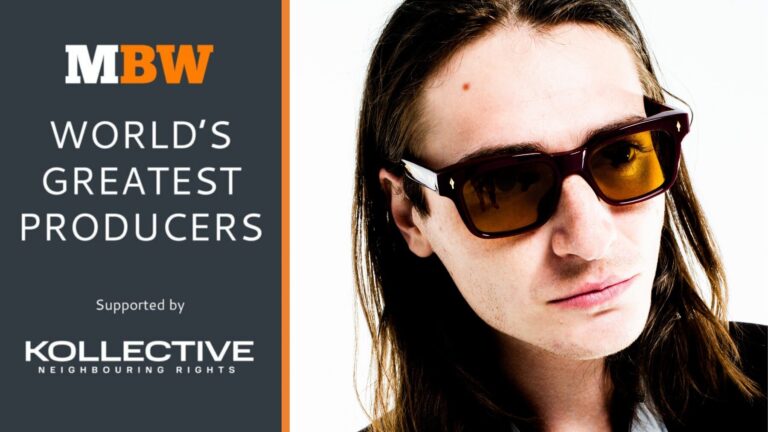
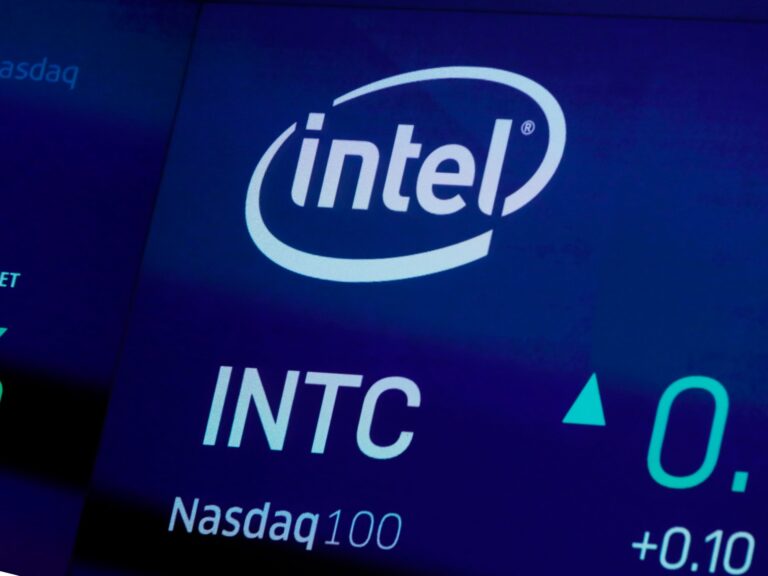
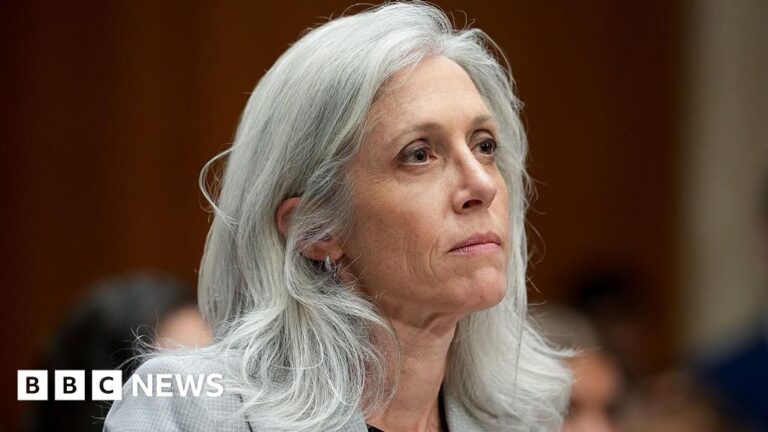



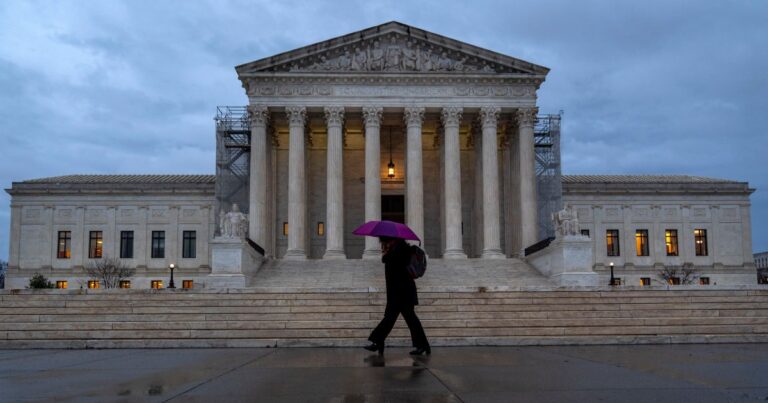
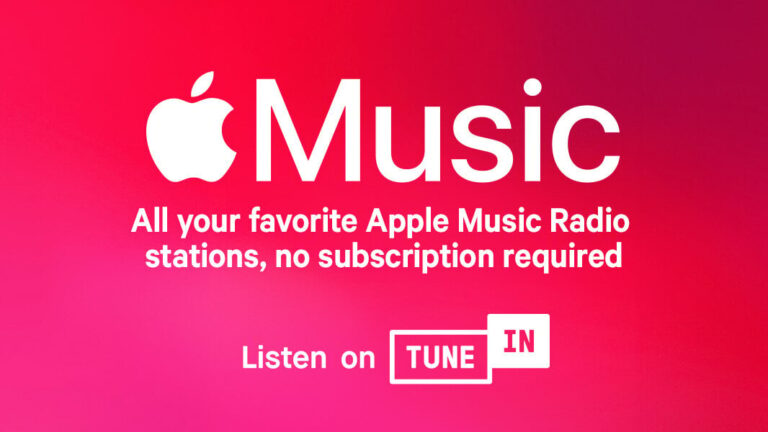
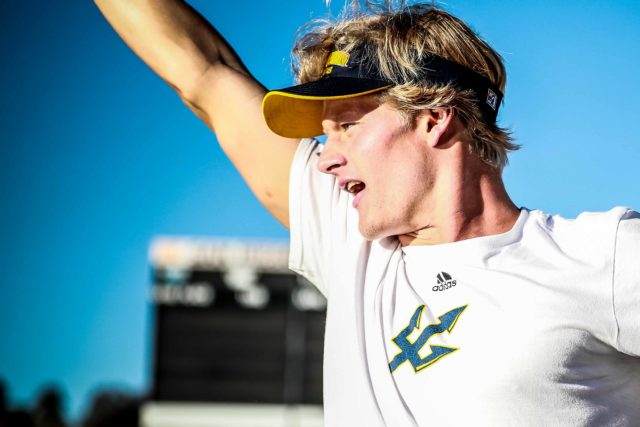

 Mike Koleber is the owner and founder of Nitro Swimming, one of the largest and most successful swim programs in the United States. His leadership has focused on creating sustainable environments where swimmers thrive athletically while developing life skills beyond
Mike Koleber is the owner and founder of Nitro Swimming, one of the largest and most successful swim programs in the United States. His leadership has focused on creating sustainable environments where swimmers thrive athletically while developing life skills beyond